You may have been considering trying one of the new grain free dog foods on the market. Many people have done so, and reported improvements in the health of their pets. Problems with digestive issues and allergies have been alleviated. Older and obese dogs do better on a grain free dog food diet.
Canines are carnivorous, and their enzymatic and digestive systems thrive on protein. Grain-based products are very hard for a dog's system to break down and process. Rice, corn, millet, wheat and rye are all found in traditional kibble recipes. The canine intestine suffers inflammation in response to the ingestion of these carbohydrates, resulting in the production of histamines and allergic responses. A dog who has been on a high-grain diet will frequently get sick when given meat. This is not because the dog cannot digest meat, but rather the dog's body no longer produces sufficient enzymes to process a concentrated amount of proteins.
Up until about sixty years ago, dogs ate what their human family would eat. They would eat the scraps or leavings off the table, and anything wild they would scavenge. The dog food industry created kibble as an inexpensive alternative. They had to produce a product that could be marketed as cost saving.
The higher the percentage of grains in the kibble, the more profit these companies derive from it. The protein content in many of these foods is quite low, sometimes less than twenty percent. Some dogs may seem to have no problems with it, but their health ultimately suffers because of this departure from their dietary needs.
There are a number of allergic reactions to grain dominated foods. The most obvious are diarrhea, gas and loose stools. Skin irritations are another. Many people think their dog has fleas, but chances are this is not the case. A skin-related allergic reaction can make your dog miserable. If your dog is biting at his toes and feet, or around his anus, it is probably a food allergy.
Products free of grains are normally higher in protein, to get a bit closer to the natural canine diet. They will usually include sweet potatoes and potatoes as the next largest ingredient after the protein source. Many include vegetables such as carrots, spinach, pumpkin, peas, and turnip greens. Apples, pears, blueberries, and blackberries are some of the fruits used.
Red meat kibble formulations can contain beef, venison, bison, or lamb. A poultry diet will have turkey, duck, or chicken. Fish ingredients include salmon, trout, herring, whitefish, and pike. There are single source formulations as well. Extremely sensitive or older dogs may do better on single source protein kibble.
It is never a good idea to change a dog's diet abruptly. Adding the new food gradually to the old will allow the dog's digestive system to begin producing the right enzymes to process the new food. This is even more important when moving your pet's diet away from grains-based formulas.
You should see improvements in your dog's health and well being within a few weeks. If there are still some minor problems, consider trying a different protein source. You should also think about adding raw meat to his daily food. The closer you can make your dog's diet that of a carnivore, the healthier he will be.

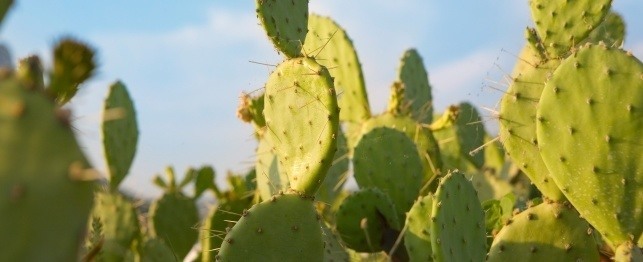 Risks to Western US Rural Dogs - Cacti, Barbed Wire & Rattlesnakes
Risks to Western US Rural Dogs - Cacti, Barbe
Risks to Western US Rural Dogs - Cacti, Barbed Wire & Rattlesnakes
Risks to Western US Rural Dogs - Cacti, Barbe
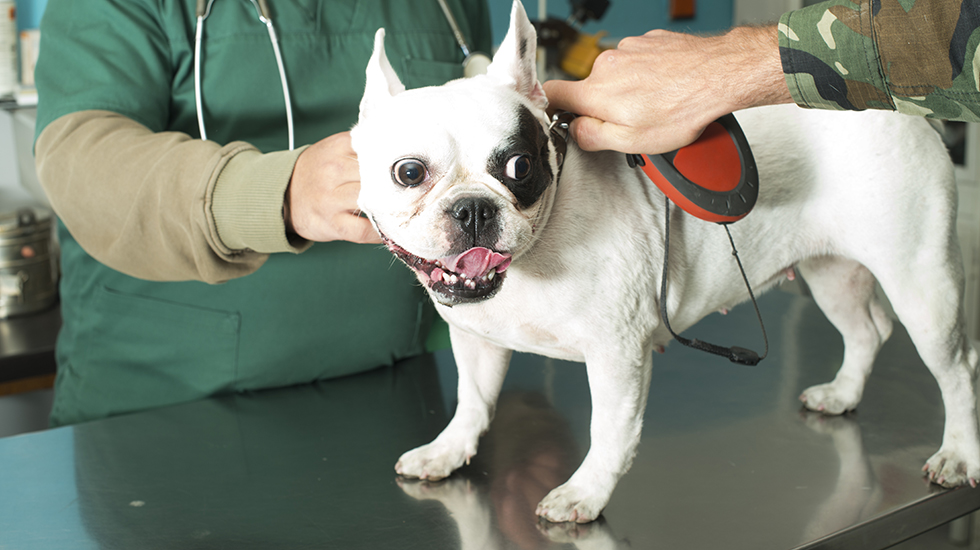 Canine Flu: Highly Contagious
Canine Flu: the nasty but treatable
Canine Flu: Highly Contagious
Canine Flu: the nasty but treatable
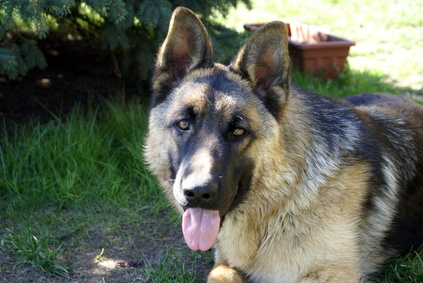 How Often Should You Breed a Stud Dog?
How Often Should You Breed a Stud Dog?
How Often Should You Breed a Stud Dog?
How Often Should You Breed a Stud Dog?
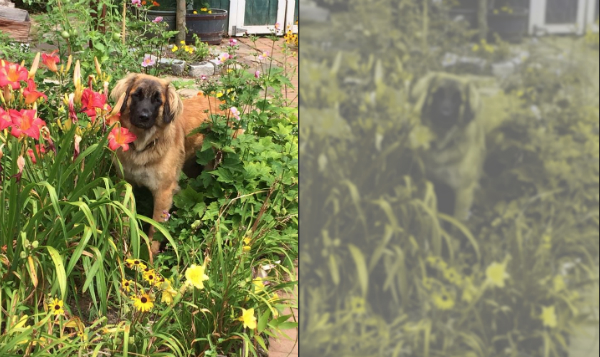 Are Dogs Color Blind? The Answer is No!
Is everything in a dog’s worl
Are Dogs Color Blind? The Answer is No!
Is everything in a dog’s worl
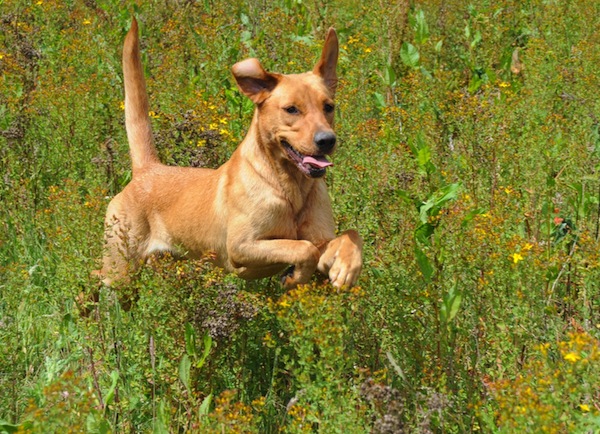 Lyme Disease in Dogs: Symptoms, Testing, Treatment, and Prevention
What is Lyme disease?
Lyme disease
Lyme Disease in Dogs: Symptoms, Testing, Treatment, and Prevention
What is Lyme disease?
Lyme disease